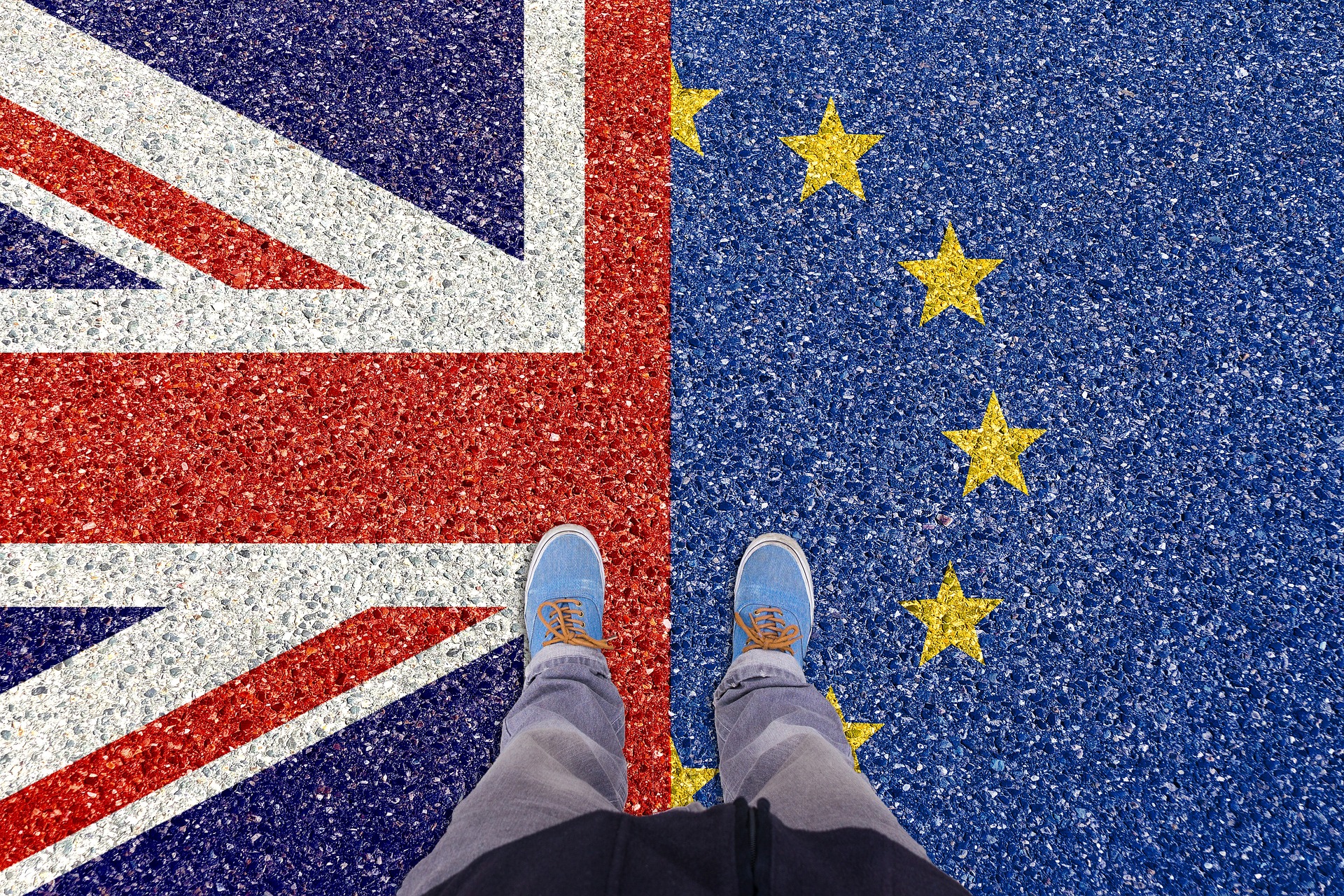On the 13th of November, it was announced that Theresa May had finally managed to draw up a draft agreement of the country’s Brexit withdrawal plan, two and a half years after the nation voted to leave the European Union. However, with the date of Brexit (March 29th) drawing ever closer, what does this mean for our country now?
The draft withdrawal agreement was settled on Wednesday and is 580 pages in length, including sections on the rights that both British and EU citizens residing in the UK will have post-Brexit, financial and trade agreements, as well as strategies to prevent a ‘hard’ border between the UK and Ireland. This agreement has been difficult to reach, because of the friction that a hard border would cause for Ireland, due to increased border control checks. However, the agreement contains what is referred to as a ‘backstop agreement’. This is a plan that will help prevent a hard border in Northern Ireland if customs agreements cannot be made between the UK and the EU before the end of the transition period (in 2020).
After a five hour meeting with the cabinet on the 14th of November, it was confirmed by May that the agreement had been approved by her cabinet, despite the resignations of three cabinet ministers just hours later – Dominic Raab (Brexit Secretary), Esther McVey (Work and Pensions Secretary) and Suella Braverman (Brexit Minister).
May has said in a statement that this deal will allow the UK to regain control of its “money, laws and borders”, despite McVey revealing in her resignation letter that the agreement does not “honour the result of the referendum”, hinting at the discontentment of other cabinet ministers and multiple members of parliament.
So what will happen next?
Now that the agreement has been approved by her cabinet, a special EU summit will take place in order for the agreement to be approved by Brussels. After that, May will seek the approval of the UK parliament, in which she would require the support of 320 members of parliament (out of a possible 650), in order for the process of Brexit to continue. This is likely to happen in December, before Christmas.
May has faced challenges in parliament from MPs after the document was released publicly, with Labour leader Jeremy Corbyn saying that his party could not support the agreement. Comments of support in parliament this morning were few and far between, and it is now believed that a vote of no confidence for May’s leadership is likely to happen. Despite that, May has denied that a general election will happen until 2022, nor will a second referendum occur either, with May insisting that her “interest is to deliver on the wishes of the British people”.
Key terms:
Backstop plan – A plan in the withdrawal agreement, that acts as a back-up plan to prevent a hard border between the UK and Ireland, if the UK and EU cannot agree on customs agreements
Hard border – A border that is controlled by customs officials and military personnel.
Transition Period – This is the proposed period of time between the UK leaving the European Union (29th March 2019), and the time when future trade arrangements will be made (1st January 2021).
By Faith Pring


